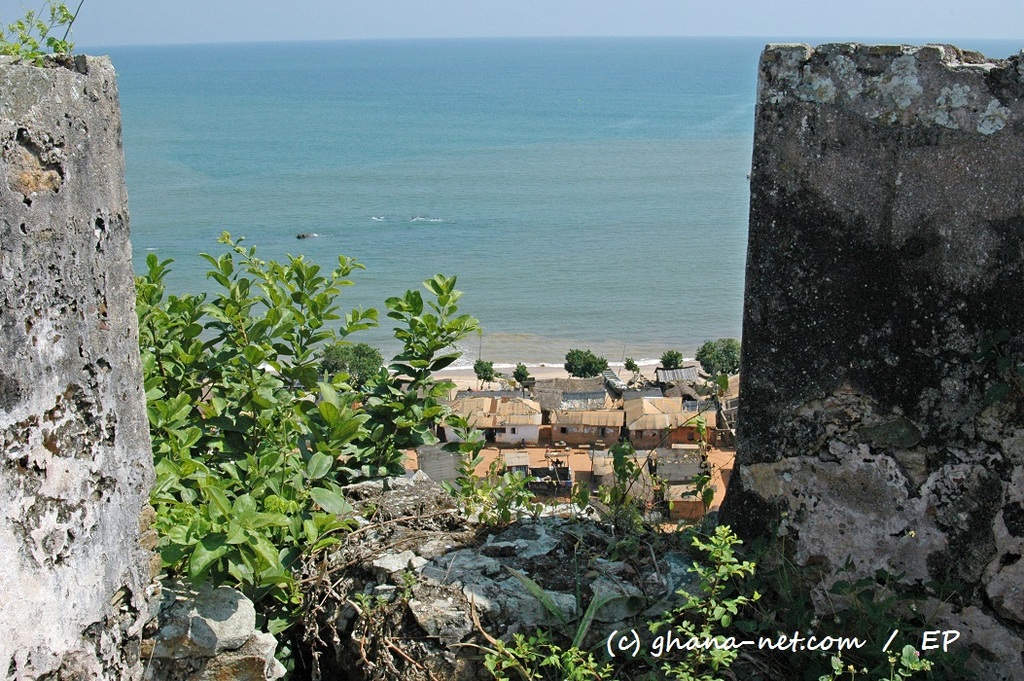
Decline and Disappearance
Over time, as colonial power consolidated and the British gained dominance along the coast, smaller or less strategically important forts—such as Fort Royal—were abandoned, repurposed, or fell into disrepair. Natural degradation, lack of maintenance, and urban development in Cape Coast likely contributed to the complete disappearance of the fort’s visible remains.
Today, no physical trace of Fort Royal survives, and it is often overlooked in discussions about Ghana’s colonial forts. However, its existence is still noted in historical texts, old colonial maps, and administrative records, offering glimpses into the complex network of fortifications that once existed along the coast.
Legacy and Historical Importance
Even in ruin, Fort Royal holds historical value as part of the broader system of fortifications that enabled European powers to control trade and exert influence over local populations. Its loss also serves as a reminder of the fragility of historical memory, especially for structures that have not been preserved or commemorated.
Efforts to document and digitally reconstruct Ghana’s colonial-era forts, including those in ruin like Fort Royal, are ongoing through archaeological and heritage preservation initiatives. These efforts aim to reclaim and interpret these lost spaces as part of Ghana’s national story and as part of a shared global history of colonialism and resistance.